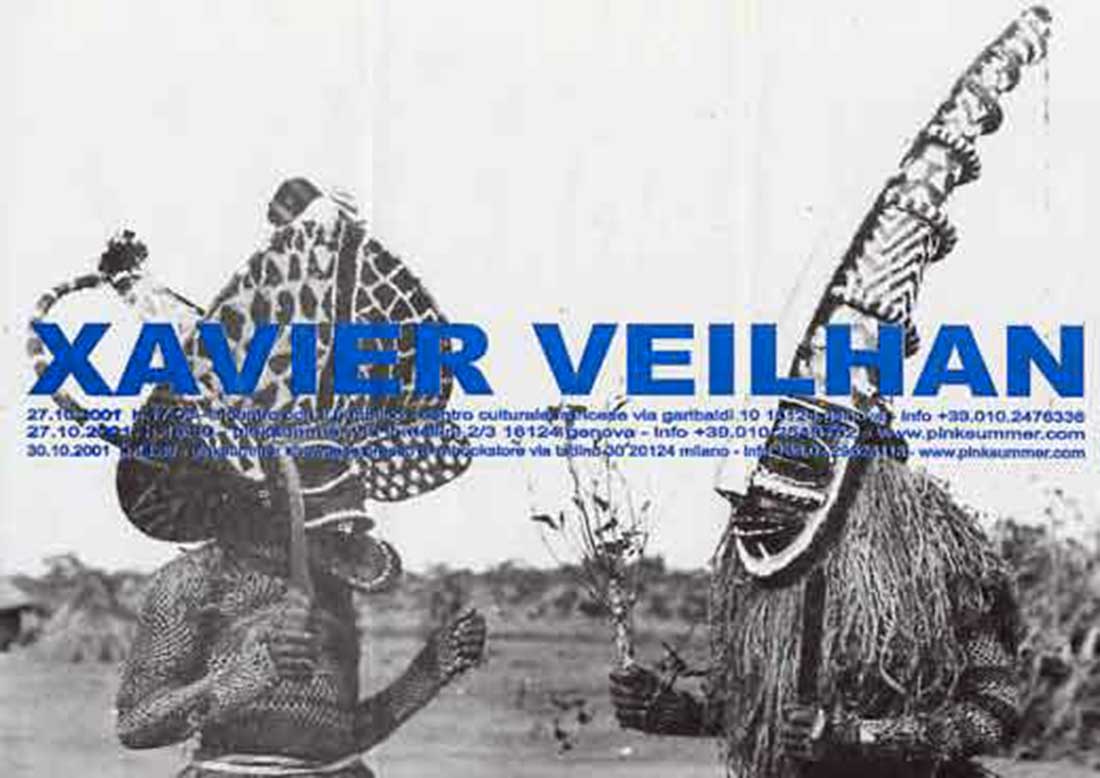Xavier Veilhan

Press-release
Pinksummer: It seems that you look at contemporary art and design with an amusing ironic gaze: I’m thinking at the idea of rebuilding useless bikes, or the use of “famous” materials like felt (Beuys) to create joyful Cave and Wood. How do you deal with what you extract from art history and design for making up your works?
Xavier Veilhan: There is not irony in my work, just a distance from the reality that is “feeding” my work. My way of using history of art and design is not to understand as a use of citation but as the use of a tool. For me there is no real difference (limit) between the different levels of perception. I want let the public experience my art, more or less, like music in club, like a global experience.”
Your Cave and your Wood are the two big installations that enchanted us very much. How were these projects born and what is their relationship with childhood and fairy tales worlds?
The spaces I’m using are created to exist as themselves, free standing, autonomous and defining their own space. There is often a misunderstanding in the comparison between the commonly known child universe and mine: tough they are both based on images and modeling of the real world, they are very different: my art is for adults.
Dan Cameron brings your anachronistic language, mould on 19th century French painting, and his technicality back to a sort of hidden comment on the function of the historical mode in post-modern art. Is that true or wrong?
Like structuralism, I don’t know what postmodernism really means: taking position towards actual materials, feelings and energy. I’m not trying to arrange reality in a different way but to reduce it so that it fits in the small space of an art work.
Adorno said that art in contemporary society fit a critic function, not because its will, but because it is essentially against movement. What do you think regarding what is happening in the world and inside history?
Somebody punch someone in the face and it spoiled the party. September 11th was a date not only because of the efficiency of the attack but also for its stupidity. I’m still very skeptic about the identity of the author of the destruction, but whoever did it, I hate the idea of religious proselitism: this is not a religious problem; this is an aesthetic problem: this kind of terrorism is not posing a quantitative problem (how many people died) but a cultural problem; somebody frontally attacks a big sign in a forest of signs where I’m also working, trying to find a new way to use a dynamic energy of the belief in modernity. This attack is a negative architectural statement.
P: What are you going to show at Pinksummer?
X.V: My project for pinksummer is to present two new bodies of work. The first one is a group of Giants, three dimensional sculptures about one and half actual scale. The characters are combining accessories and clothes representing their function which is not very clear, but very strong. The material used is carpet, plastic film, wood and polyester. The second group of work is a series of photographic girls portraits: a series of silk screen on wood (one colour, size 160 x 110 cm.). the skin of the models (friends of mine) is the surface of the wood.
NOTES
Regarding the origin of the image chosen by Xavier for the invitation card: it was taken from the catalogue of the exhibition “Art et Mythologie, figures tshokwe” (winter 1988-1989), printed by the Dapper Foundation (african museum of Paris). The title of the book is “Art et Mythologie”, the photo is “Mikishi Dancers” (Archive Musée royal de l’Afrique Centrale – tervuren). We can consider that choice a key for understanding the exhibition. Unluckily a long explanation isn’t usefull… I think we have to take it so as it is: that’s enough. [Mahaut, Xavier’s assistant]


